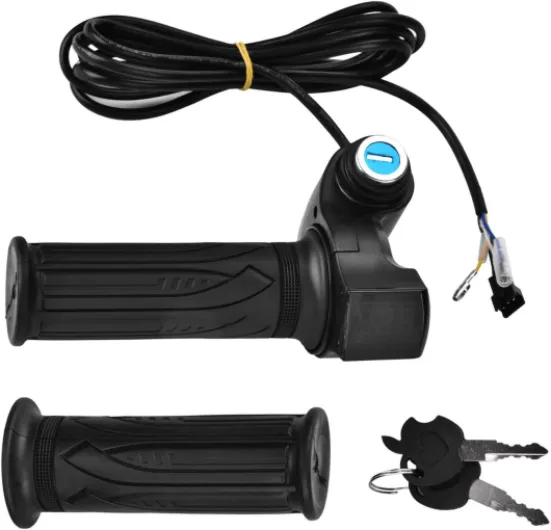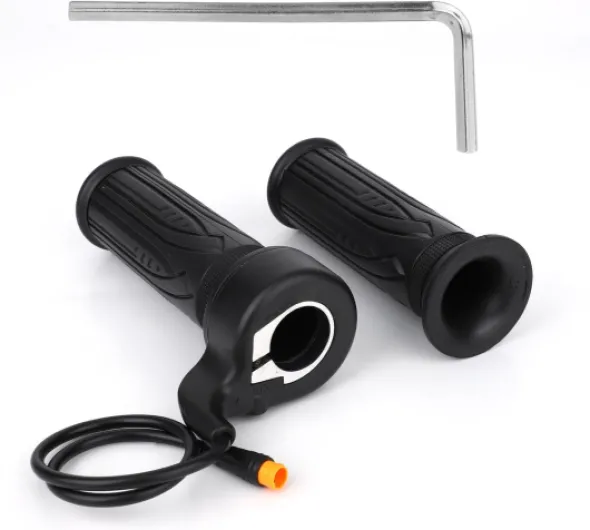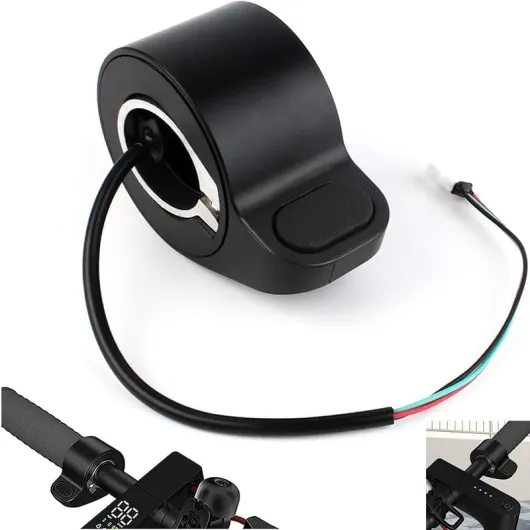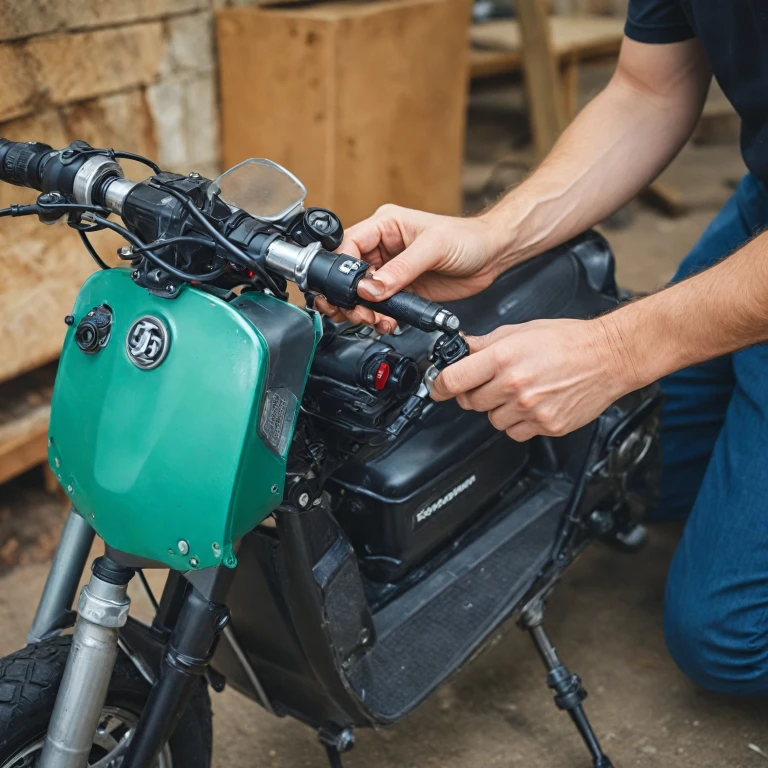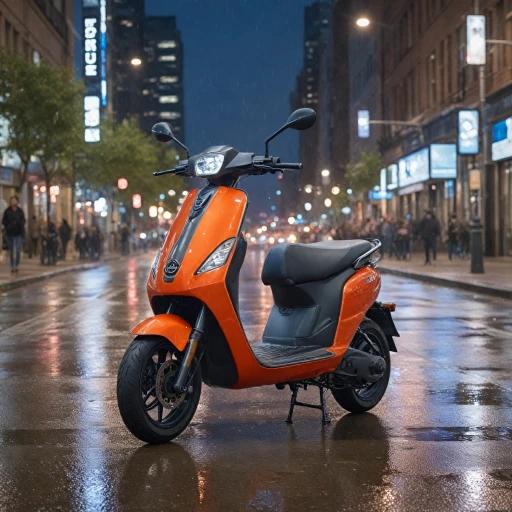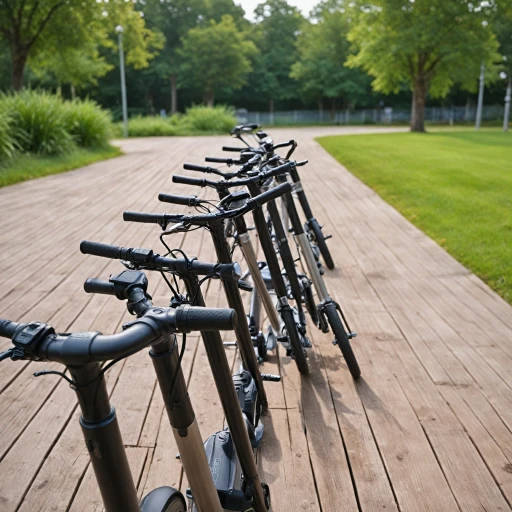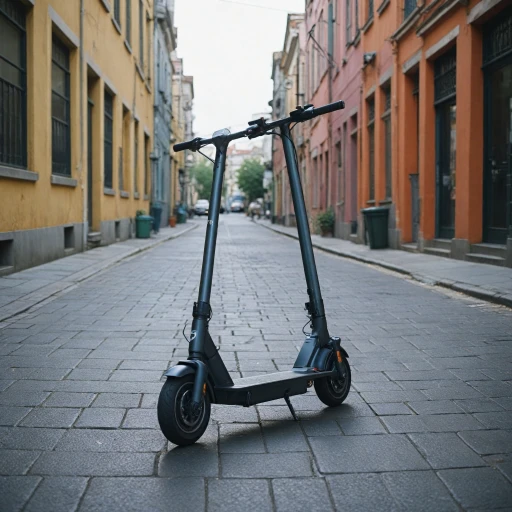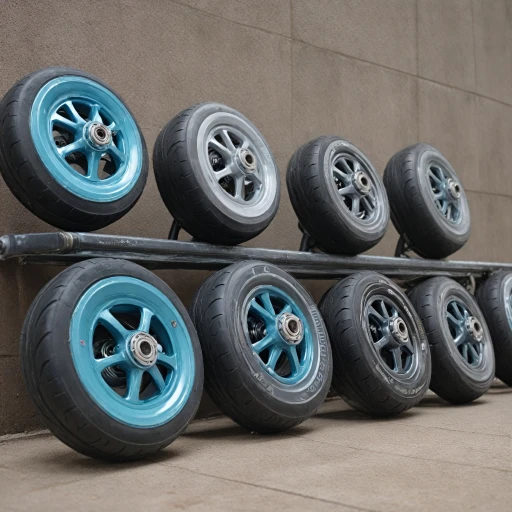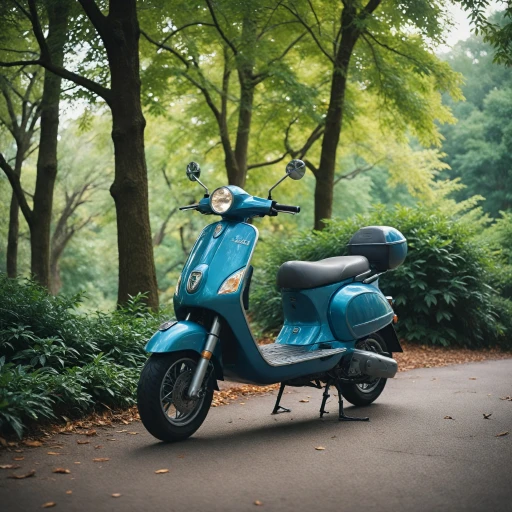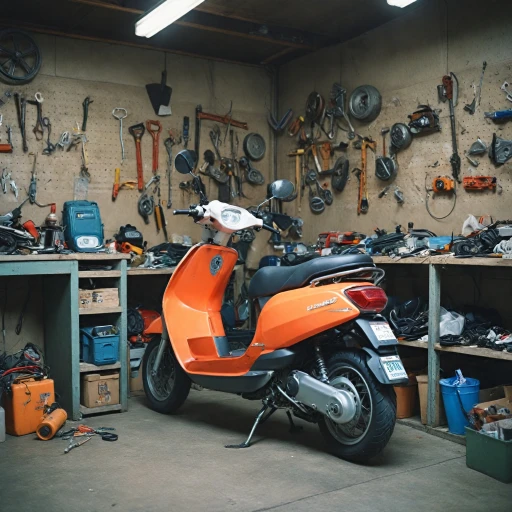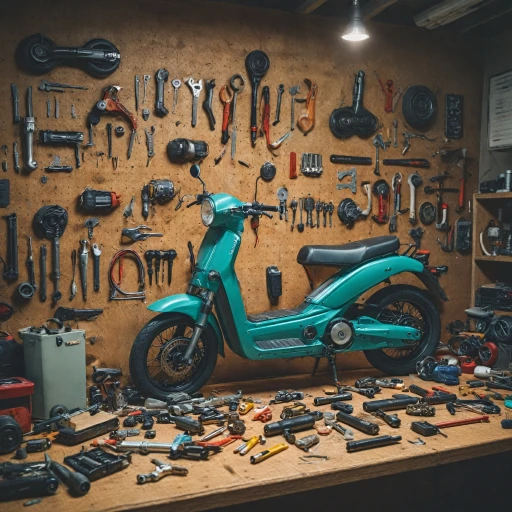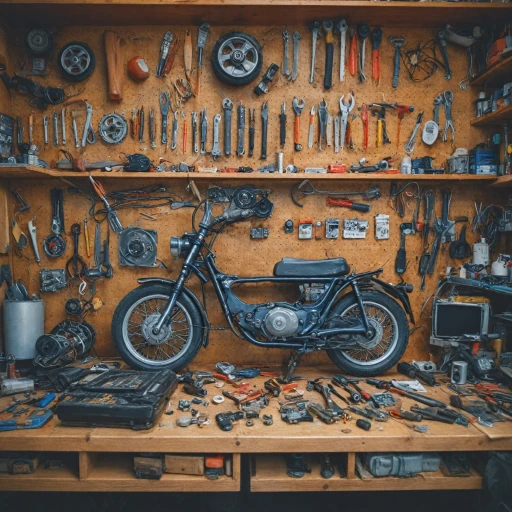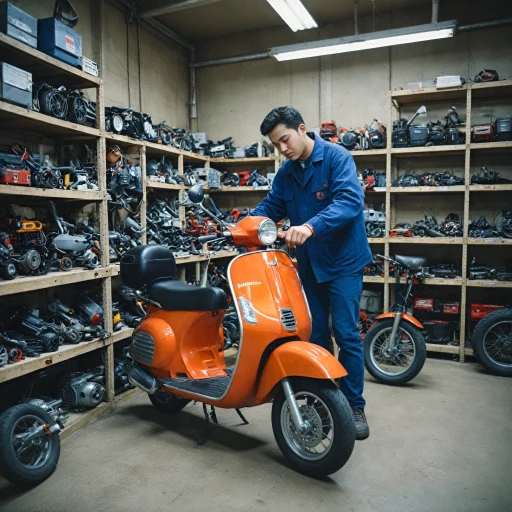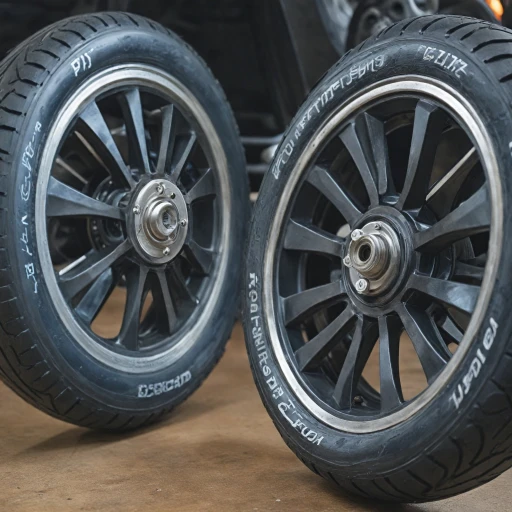
Understanding the Role of the Throttle
The Importance of the Throttle in Your Ride
The throttle serves as a crucial component of your electric scooter, acting as the main interface for controlling speed and acceleration. Whether it's a thumb throttle or a black grip that you twist, this part communicates with the scooter's battery and other parts to deliver a seamless ride experience. Without a properly functioning throttle, you might find yourself unable to control your scooter efficiently, impacting the overall ride range and safety. There are different types of throttles, often described by their functionality such as thumb or twist type, and it’s important to choose one that feels intuitive for you. Prices for these parts can vary widely, with some budget-friendly options available online that include free shipping. However, investing in a good quality throttle can save you from frequent repair and replacement issues down the line. Understanding how the throttle interacts with your scooter’s electric components—like the volt controller and the wiring setup—can help diagnose issues before they become major headaches. Common symptoms of a failing throttle can include inconsistent speed regulation, unresponsive power when engaged, and visible wear and tear on the wiring or grips. Should you face these issues, knowing how to navigate electric scooter repair challenges will be invaluable: read more about navigating repair challenges.Signs Your Throttle Needs Replacement
Recognizing When Your Scooter Throttle Needs a Refresh
- Unresponsive Acceleration: If you notice that your electric scooter isn't responding as it should when you press the thumb throttle, it might be time to consider its replacement. This lack of response can often stem from wear and tear on the throttle parts over time.
- Inconsistent Speed: A throttle that's functioning properly should provide a smooth and consistent speed. If your electric scooter experiences jerky movements or inconsistent acceleration, particularly when pushing the throttle grip, it could indicate underlying issues with the scooter throttle or related parts such as the wire connections.
- Physical Damage: Inspect your throttle for any visible physical damage such as cracks or exposed wires that might compromise its functionality. Sometimes, simple wear and tear or accidents can leave your throttle in need of repair.
- Battery Drain: An underperforming throttle might cause the scooter's battery to drain faster than usual. Monitoring the impact on battery range can help you determine if a throttle replacement is necessary.
If any of these issues sound familiar, it could be a sign that your throttle needs attention. For more detailed help and to find reliable repair solutions, you might want to explore this resource that could guide you in the right direction for specialized repair services.
Choosing the Right Throttle for Your Scooter
Find the Right Throttle for Your Scooter
When it comes to replacing a scooter throttle, selecting the right one is crucial for optimal performance and seamless integration. The marketplace offers a variety of throttles, and understanding which one fits your scooter is key. Here are some tips to help you make the best choice:
- Compatibility with Your Scooter Model: Different scooters have varying throttle requirements. Check the manual or consult the manufacturer to ensure compatibility with your scooter's model and specifications.
- Thumb vs. Twist Throttle: Decide between a thumb throttle and a twist throttle. While thumb throttles provide more control for some riders, twist throttles might offer a more motorcycle-like experience.
- Wire and Connectors: Ensure the throttle you select has the appropriate wire length and connectors for your scooter. Incorrect wire lengths or incompatible connectors can hinder proper installation.
- Voltage Requirements: Throttle voltage should align with your scooter's battery voltage, usually measured in volts. Compatibility is crucial for effective function.
- Grip Comfort and Color: Comfort is key for longer rides. Choose a grip that feels comfortable and ensures firm control. Some riders opt for a black grip as it tends to match the scooter's design.
- Price and Shipping Options: Evaluate the price and shipping options. Some online stores offer free shipping, which can save costs.
Evaluating these factors can simplify the selection process, ensuring you choose a throttle that enhances your riding experience. Proper selection will also minimize wear and tear, helping you avoid frequent repairs. As you explore the options, remember: making an informed choice now can significantly impact the performance and range of your electric scooter in the long run.
Step-by-Step Guide to Throttle Replacement
Steps to Replacing Your Electric Scooter Throttle
Replacing an electric scooter throttle may seem daunting, but with patience and the right approach, you can handle this task with ease. Follow these steps to ensure a smooth replacement process:- Gather Necessary Tools and Parts
- Power Down Your Scooter
- Access the Throttle Area
- Disconnect the Old Throttle
- Install the New Throttle
- Secure and Test
- Final Adjustments and Verification
Common Challenges and Troubleshooting Tips
Addressing Frequent Snags and Offering Practical Solutions
Replacing the throttle on your electric scooter can present several hurdles. Here's a guide to effective troubleshooting to help you address some common obstacles, ensuring you can repair your scooter with confidence.- Connection Issues: Often, it's crucial to ensure all wires are securely connected. Wires that are loose can result in non-responsive throttles, affecting performance and safety. When you’ve installed the new throttle grip and you've connected everything, always double-check the wire connections to the battery and control unit.
- Battery and Voltage Compatibility: Before installation, check that the throttle and the scooter's battery voltage are compatible. Using an incompatible volt throttle could lead to poor function or even damage. Refer to your scooter parts manual or a reliable online guide to confirm specifications.
- Physical Fit: Sometimes, the newly purchased throttle may not fit your scooter properly. Verify the dimensions—a thumb throttle designed for a small e-bike might not fit a heavier-duty scooter. If a snug fit is causing issues, consider adjusting the handlebars or purchasing a throttle specifically designed for your model, balancing price and quality.
- Handling Wear and Tear: If your scooter continues to struggle after replacing the throttle, it might be a symptom of underlying wear and tear on other components, like the grip or wiring. Inspect these parts, and consider consulting with a repair expert to ensure there are no skipped content or misalignments.
- Supplier and Shipping Concerns: Buying parts from reliable vendors helps in avoiding unsuitable products. Look for those offering free shipping and easy return options should the throttle not meet your needs.
Maintenance Tips for Prolonging Throttle Life
Maintenance Tips for Extending Your Throttle's Lifespan
Keeping your electric scooter's throttle in good condition is crucial for optimal performance and avoiding unnecessary repairs. Here are some essential maintenance tips to consider:- Regular Inspection: Make it a habit to regularly check the scooter throttle for signs of wear and tear. Look out for any cracks in the grip, damage to the wire, or any irregularities that might indicate a failing part.
- Keep It Clean: Dirt and debris can accumulate in and around the throttle, especially if you frequently ride your scooter in varied conditions. Gently clean the black grip and surrounding areas with a soft, dry cloth. Avoid using water around the electrical parts to prevent damage.
- Secure Connections: Ensure all electrical connections are tight and secure. Loose wires can affect throttle performance and may even lead to complete failure.
- Check the Battery & Voltage: A failing battery or incorrect voltage can affect throttle response. Regularly assess the battery's health, ensuring it holds the appropriate charge.
- Consider Environmental Factors: Protect your scooter from extreme weather conditions, as drastic temperature changes can affect the throttle and other parts. Store it in a cool, dry place when not in use.
- Regular Throttle Calibration: After long periods of use, the throttle may require recalibration to ensure it delivers the correct power range. Follow manufacturer instructions or seek professional help if unsure.
- Online Resources: For more detailed advice or if you encounter challenges, use resources that offer comprehensive repair guides and tips for electric scooters.

